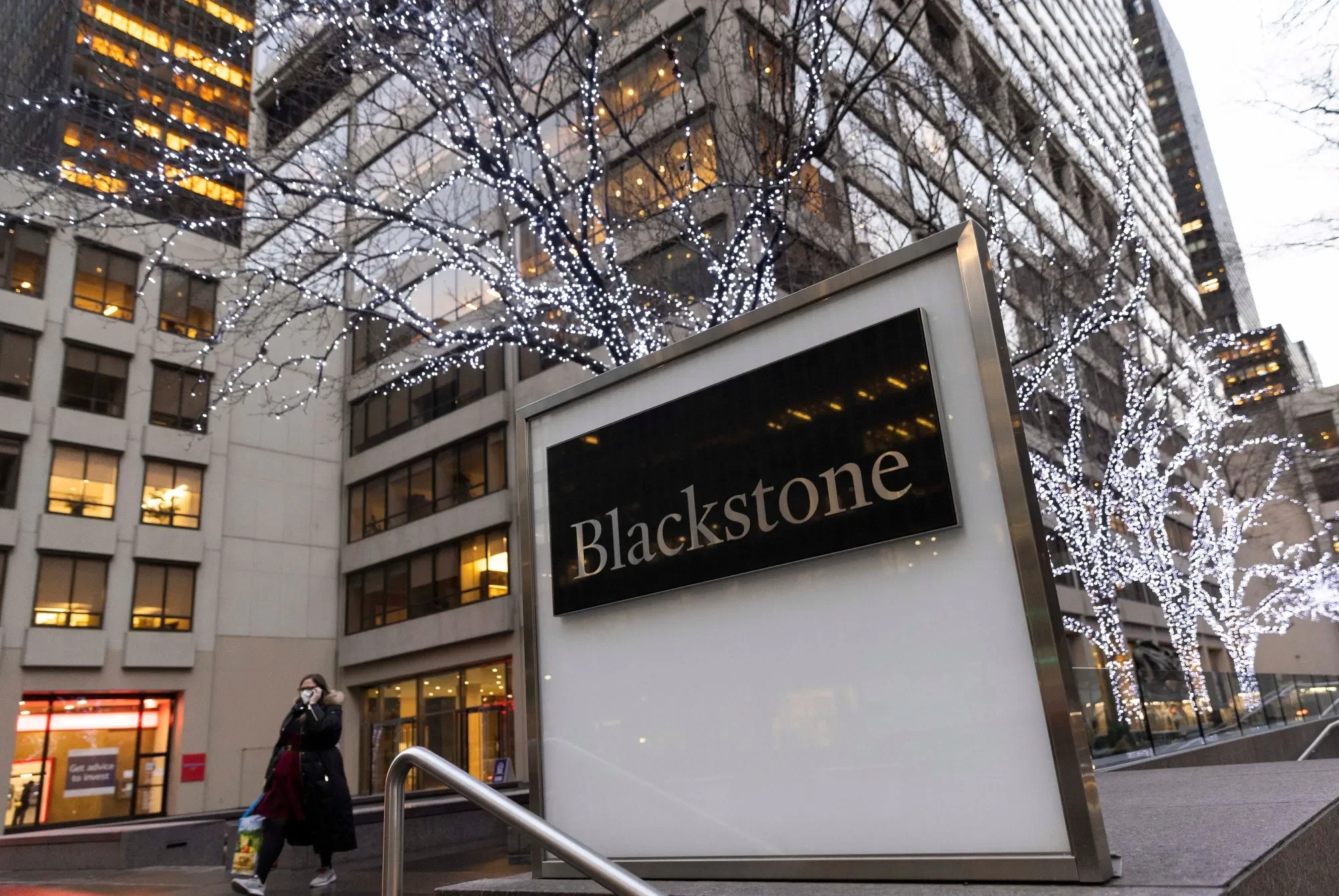
KUTIC Insights
Private Equity in a High-Rate World: Cash-Rich, Deal-Poor, and Changing Fast
By Luke Sloman
Published August 2nd
Foreword
Private equity once sold itself as the best-kept secret in modern capitalism, a strategy that consistently beat public markets by combining cheap debt, operational discipline, and patient capital. For decades, this worked spectacularly well, with pension funds, sovereign wealth funds, and family offices pouring trillions into buyout funds that promised uncorrelated returns. But in mid-2025, the machine that turned borrowed money into outsized profits is grinding through one of its most difficult resets since the global financial crisis. Rising borrowing costs, a jammed exit market, tense buyer–seller standoffs, and new regulatory hurdles have forced the industry to rethink what comes next. This week’s report looks at why the classic PE playbook is under pressure, how the big firms are adapting, and what it means for investors trying to read the next cycle.
The End of Easy Leverage
The private equity model’s oldest truth is that debt magnifies returns. Leveraged buyouts became legendary for one reason: when debt was nearly free, the risk–reward balance worked out brilliantly. From the mid-2010s through 2021, ultra-low interest rates let PE sponsors borrow at 2–3% to fund deals, layering cheap leverage on stable cashflows to generate double-digit internal rates of return. But the era of “free money” died when the post-pandemic inflation surge forced central banks to slam on the brakes.
Today, the US Federal Reserve’s base rate still sits stubbornly above 5% as core inflation refuses to break. In Europe, the ECB is fighting a wage–price spiral, pushing short-term rates close to 4% despite sluggish growth. Even Japan, once the eternal backstop of cheap capital, shocked markets by hiking its overnight rate for the first time since the 2000s, a shift that has made yen-funded mega-buyouts more costly than ever.
This matters because the basic math of LBOs no longer works the same way. Take Europe: mid-market PE firms that used to structure deals with 65–70% debt and all-in interest costs below 3% now face borrowing costs of 6–8%, with lenders demanding stronger covenants and stress-tested cash flows. Many big banks have also dialed back risky underwriting after regulators flagged leveraged loan risks last year. In the US, the syndicated loan market for large buyouts has shrunk, and private credit lenders have stepped in, but they charge more, often pushing yields into double digits for mid-tier credits.
Asia’s picture is more mixed. While Japan’s shift away from negative rates has lifted funding costs, parts of Southeast Asia still offer relatively cheap liquidity, one reason PE firms like KKR and EQT are doubling down on Vietnam, Indonesia and Malaysia for bolt-on deals. Still, the global norm is clear: debt is expensive, which squeezes returns unless sponsors find real operational improvement or transformational growth, not just financial engineering.
The Global Valuation Standoff
Yet the cost of debt is only half the squeeze. The other problem is the gulf between what sellers want and what buyers are willing to pay. In the boom days of 2020–2021, SaaS companies, direct-to-consumer brands, and industrial roll-ups traded at frothy multiples, 12–18 times EBITDA was not unusual. Many GPs bought in at those valuations expecting to exit within four or five years at the same or higher multiple.
But now, with rates up and the macro picture more fragile, buyers expect discounts. They see higher capital costs, slower consumer demand, and more competitive disruption in many sectors. They want cheaper prices to reflect those risks. Sellers, however, especially those managing older funds, hesitate to lock in losses that would drag down fund IRRs and complicate future fundraising. So assets sit. According to Bain & Co’s July 2025 midyear review, more than 50% of global PE-owned portfolio companies are now held for longer than their original planned holding period, often by years.
Country by country, this deadlock takes different shapes. In the US, mid-cap tech and healthcare deals are the main stalemate. In Europe, industrials and consumer brands see the widest bid–ask spreads. In Japan, ironically, the picture is livelier: corporate governance reforms and activist shareholders are forcing old conglomerates to spin off non-core assets at realistic prices, so local PE funds have scored more carve-outs in 2024–2025 than in the previous five years combined. Meanwhile, in China, the regulatory crackdown on local tech giants has scared off foreign LPs and depressed private valuations, but domestic PE funds still struggle with weak exit options as IPO windows remain limited. The net result is a jammed flywheel: the deals that do get done are bolt-ons or minority stakes, anything to avoid having to agree on a new, awkwardly low headline price.
Stalled Exits and the Rise of Secondaries
The exit logjam creates a downstream headache: if general partners (GPs) can’t sell assets, they can’t distribute capital back to limited partners (LPs). If LPs don’t get distributions, they’re less inclined to commit fresh money to new funds. This flywheel is the lifeblood of the PE industry. It’s also why continuation vehicles and secondaries markets are booming in 2025.
Secondaries funds, once a niche backwater, are now a $150 billion force. Big players like Coller Capital, Ardian, Lexington Partners and Goldman Sachs AIMS have all raised record dry powder to buy older fund stakes at a discount. This gives big pension funds and sovereign wealth funds a way to unlock liquidity without waiting for sponsors to sell. The other tool is the so-called GP-led secondary: the sponsor sells mature assets from an old fund to a new vehicle it also controls. Existing LPs can cash out or roll their stake forward. Critics worry this double-dipping masks weak returns, but sponsors argue it’s necessary financial plumbing in a frozen market.
Regulators are paying attention. The US SEC’s new 2025 rules require more disclosure when GPs sell to themselves, forcing them to justify valuations and get fairness opinions. The UK’s FCA is drafting similar guardrails. Despite the extra scrutiny, GP-led deals topped $85 billion globally in the first half of 2025 alone. Many mid-market managers see no other way to keep returning capital while waiting for exit multiples to recover.
In Japan, secondaries are picking up speed too, a direct result of old-school corporates finally offloading underperforming subsidiaries and local buyout funds recycling stakes. The trend shows how vital creative liquidity solutions have become in this new cycle.
Private Credit’s Dominance, and its Shadows
If there’s a clear winner in this reshaped landscape, it’s private credit. Big PE houses like Apollo, Blackstone, KKR and Ares have built massive direct lending arms, stepping into the void left by banks’ retreat from riskier corporate loans. Private credit assets under management have blown past $2.5 trillion globally as of July 2025, up 25% since 2023.
For sponsors, private credit is both a lifeline and a margin squeeze. It means deals can still happen even when banks balk. The trade-off is cost: where syndicated loans might once have carried 3–4% rates, private credit deals often clear at 8–11%, depending on credit risk. Lenders can demand equity kickers, board seats and tighter covenants. In some sectors, tech buyouts, mid-cap industrial roll-ups, sponsors have no choice but to swallow these costs to keep capital flowing.
Country dynamics shape this boom too. In the US, direct lending has become the default for mid-cap and even large-cap deals. In Europe, big banks like BNP Paribas and Deutsche Bank still play, but regulatory capital requirements mean private credit is vital for complex deals. Japan’s private credit scene remains smaller but is growing, especially for foreign sponsors doing yen-denominated bolt-ons.
But there’s a lurking risk: higher borrowing costs mean portfolio companies have thinner buffers if growth stalls. Fitch and Moody’s both warned in June 2025 that leveraged loan default rates could double to 7%–8% by year-end if refinancing stress spreads. So far, defaults remain moderate, but a wave of restructurings could test the resilience of the direct lending boom, and expose whether private credit, so far lightly regulated, really works when the macro cycle turns.
New Frontiers and the Road Ahead
For all its troubles, PE is not standing still. Funds are leaning harder than ever into energy transition, digital infrastructure, healthcare and Asia carve-outs, sectors with government tailwinds, stable cashflows, or clear break-up value. In Europe, KKR, EQT and CVC are leading big renewable energy bets, scooping up solar developers, grid upgrades and EV supply chain assets. In the US, Blackstone’s push into data centers and grid modernization keeps growing , a hedge against the cyclical drag in retail and real estate.
Asia may be the wild card for the next cycle. Japan’s corporate governance revolution has cracked open deals like Toshiba’s sale, Hitachi’s endless spin-offs and smaller carve-outs across keiretsu groups. Southeast Asia is another bright spot: Vietnam’s manufacturing boom and Indonesia’s critical minerals push have triggered more private carve-outs, though the exit options remain limited by shallow IPO markets. Even in China, while the political climate is cautious, distressed buyouts and restructurings are quietly returning as foreign PE funds snap up assets at lower multiples.
Meanwhile, the GP business model itself is evolving. Retail capital is the new frontier: semi-liquid feeder funds, insurance capital, and democratized retail offerings are moving billions from ordinary savers into the PE cycle , a trend regulators in Europe and Asia are watching carefully. ESG remains a must-have pitch, but greenwashing allegations have triggered tighter EU disclosure rules and tougher auditing standards in Japan. The industry’s license to operate now hinges on proving it can deliver on net zero pledges, not just headline returns.
Final Thoughts
Private equity in 2025 stands at a crossroad. The cheap debt that powered its golden decades is gone, maybe for good. Valuation standoffs, exit jams and costlier leverage have forced funds to sharpen their operational edge, diversify into secondaries, double down on private credit, and hunt new frontiers in Asia and energy transition. The flywheel still spins, but it needs more creativity, and more patience. For investors, the big question is whether PE can justify its premium fees in a world where the easy wins of financial engineering are gone. The next cycle will separate firms that can genuinely build and transform businesses from those that relied on cheap leverage and luck. For now, the “smart money” is still smart, but it’s working harder than ever to prove it.
Disclaimer: This content is for informational and educational purposes only and does not constitute financial, investment, or other professional advice. The views expressed are our own and do not reflect the views of any institution we may be affiliated with. We are not licensed financial advisors, and nothing in this publication should be interpreted as a recommendation to buy or sell any securities. Please do your own research or consult a licensed professional before making any investment decisions.
